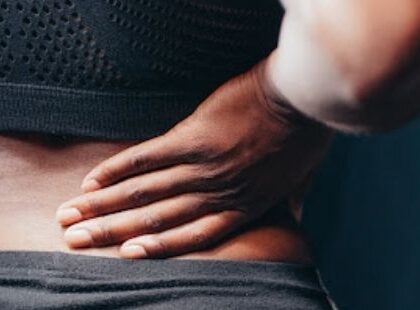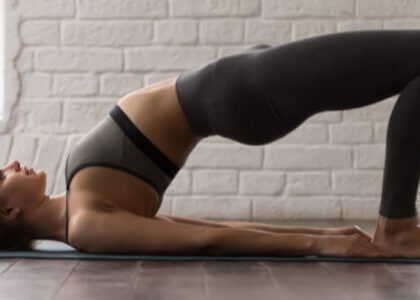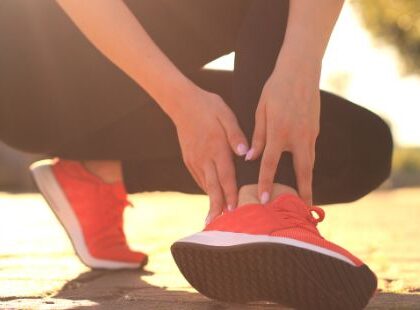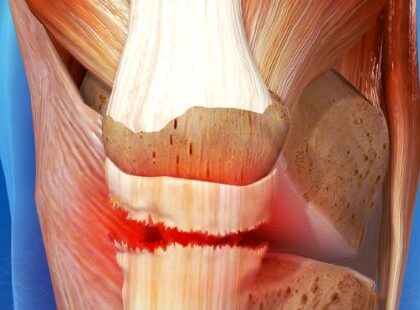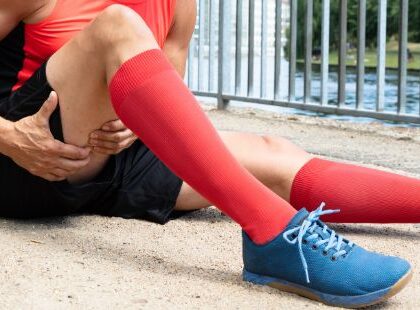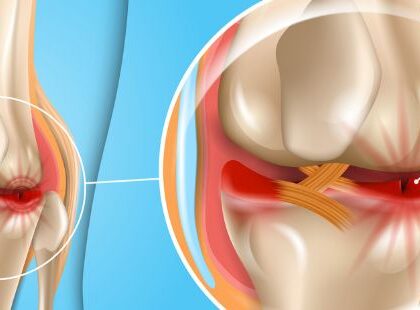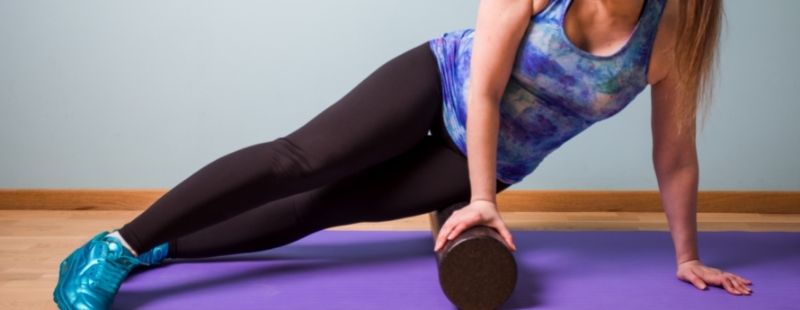
We often see many clients coming through our doors complaining of Iliotibial Band Syndrome. Today I wanted to clarify what the Iliotibial band is, what causes it to flare up and what you can do about it!
What is the Iliotibial Band?
Many people think the ITB is a muscle. It isn’t, it is a band of fascia that extends from muscle tissue (specifically from the Gluteus Maximus and TFL) and attaches to the outside of the knee. This band of fascia, sits on top of the Vastus Lateralis musculature, which is part of the quadricep group. A lot of clients confuse discomfort they feel in their quads as being an issue with the ITB. Whilst sometimes that can certainly be the case many times, it is just active, cranky trigger points located in the quad.
What Causes Iliotibial Band Syndrome?
The main factors causing tension and soreness in the ITB are:
1/ Tension in the Gluteus Maximus
2/ Tension in the Tensor Fascia Latae - if either one of these muscles are tight it will pull on the ITB - think of these two muscles like a sling.
3/ Vastus Lateralis trigger points - the common misconception because the ITB overlays the Quad here.
4/ Adhesions of the ITB to the Vastus Lateralis
5/ A Knee Injury - any instability or injury will put strain on those lower fibres of the ITB which is the most painful part for many.
note that points 1 through to 4 are commonly caused through exercise and a lack of stretching/foam rolling.
Symptoms of Iliotibial Band Syndrome
The common characteristics of irritable ITB’s are pain at the outer side of the knee, made worse with exercises such as running, cycling and even weight training. A sense of tightness will be felt down the side of the upper leg, with pain made worse by pressing over the ITB and during the actions of flexion and extension of the leg.
If you are presenting with what you suspect to be an ITB syndrome then you must see someone about it, for a proper diagnosis and then treatment.
Self Care Tips
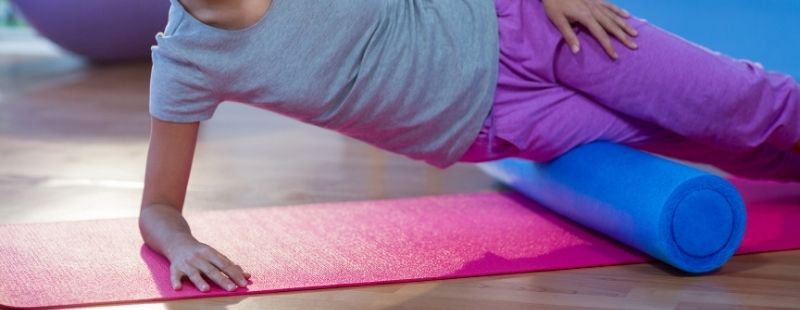
To assist in the healing process there is some self care that you can do yourself that will help things along for you:
1. As always rest will help alleviate the discomfort. It will also help minimise the potential for further injury and assist the practitioner treating you in making proper headway with your recovery.
2. The application of Ice therapy will assist with the reduction of inflammation and discomfort.
3. Follow the anatomy and you will see that the ITB is an extension of the the Gluteus Maximus & TFL musculature. It is important for you to stretch these muscles as well as the Quadricep which underlays the ITB.
4. If you have access to a foam roller then use it! Your quad may be adhesed to the the ITB and you may actually just be suffering from really acute trigger points in the Vastus Lateralis. Be warned however, if your rolling correctly it will hurt!
The most important part of recovery (and prevention really) is mastering technique. If you are a cyclist it is important that your bike be regularly serviced and fitted correctly. Make sure when running that you are striking the ground correctly and that you are wearing the appropriate foot wear. If training at the gym ensure your form with your lifts
Regular stretching as part of your recovery program and cool down is vital. It should not be utilised as a warm up! Invest in a foam roller and use it! Get in for a massage, as there is no one better equipped to be giving your legs the once over. If you would like to learn more about foam rolling, check out our blog here
Consider the use of Floatation therapy and Infra Red Saunas as part of your recovery. Floatation therapy helps alleviate muscular tension, eases discomfort and helps relax the nervous system which will speed up healing time. The IR Sauna will warm through the muscles, also assisting with alleviating musuclar tension and discomfort. If you would like to learn more about Floatation Therapy in sport you can read our blog here
Happy Training!
